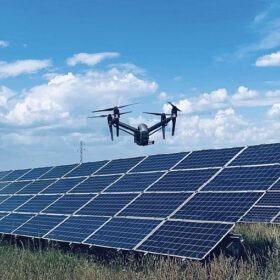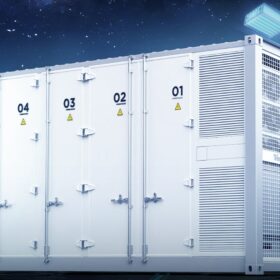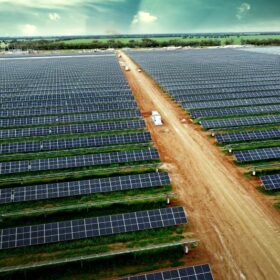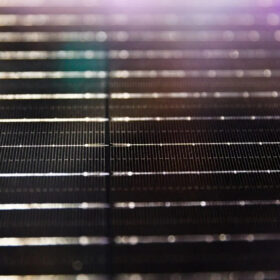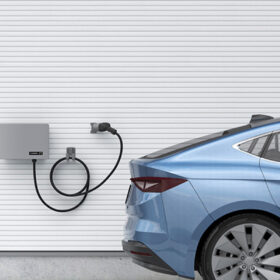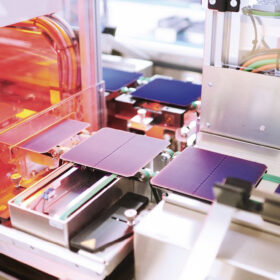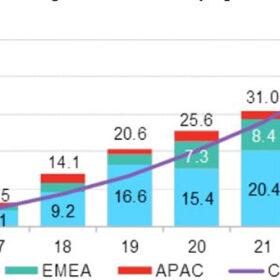Longi develops flexible heterojunction solar cell with 26.06% efficiency
Researchers from Western Australia’s Curtin University and Chinese module manufacturer Longi were part of an international team seeking silicon material savings and efficiency gains in the development of heterojunction PV devices. The cell achieved a certified power conversion efficiency of 26.06% with a thickness of 57 μm, with Germany’s Institute for Solar Energy Research confirming the result.
Shining a light on module quality
With solar panel prices tumbling, project developers will need to be vigilant about quality. Comprehensive product testing could be a vital safeguard as PV manufacturers struggle to retain their margins, according to Everoze’s Martin Laing and Gauthier Dambrine.
Trina Storage releases 4.07 MWh energy storage system
Trina Storage has developed a 4.07 MWh energy storage system featuring its in-house 306 Ah lithium iron phosphate battery cells, configured with 10 racks of four battery packs.
A cell maker’s survival guide
With solar production capacity expansion plans paused, bigger cell makers will weather the storm through a revised approach to new panel technologies. InfoLink’s Alan Tu says that low profits could also drive innovation and cost savings, pushing the industry to new heights.
BloombergNEF forecasts global solar installations to hit 574 GW in 2024
In updated figures, BloombergNEF finds that 444 GW of new PV capacity was installed globally in 2023. It says new installations could reach up to 574 GW this year, in its most optimistic forecast, 627 GW in 2025, and 880 GW in 2030.
‘Sustainable’ module prices unlikely to fall further
PV manufacturing analysis is revealing that module prices can not “sustainably” fall significantly in 2024, without producers selling below cost. UK-based analysts Exawatt delivered the development last week, in a trend being observed by Australian market participants.
Sharp unveils vehicle-to-home EV charger for PV-powered homes
Sharp has developed vehicle-to-home (V2H) electric-vehicle chargers for PV-powered homes, featuring 6 kW of charging/discharging rated power and an input DC voltage of 340 V. The wall-mounted devices are suitable for indoor and outdoor environments.
Netherlands reveals details of incentive scheme for PV manufacturing
The Dutch government has submitted a public proposal to support the production of heterojunction and perovskite-silicon tandem modules, as well as building- and vehicle-integrated PV panels, with a maximum allocation of €70 million (USD75.1 million) per solar manufacturing project.
Corporate PPAs hit record high in 2023, says BloombergNEF
BloombergNEF says in a new report that corporations publicly announced 46 GW of solar and wind power purchase agreements (PPAs) in 2023, up 12% year on year. It says the increase was driven by a surge of activity in Europe.
The path beyond 5 TW
With the COP28 climate summit in Dubai resulting in a pledge of at least 11 TW of renewables generation capacity by 2030, Bruce Douglas, chief executive officer (CEO) of the Global Renewables Alliance (GRA), examines the outcomes of the conference and their likely impact on the solar industry.

